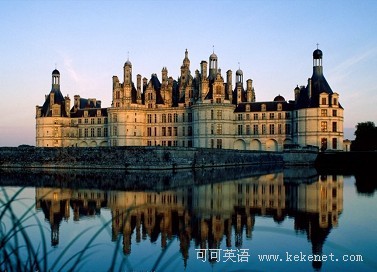
Country, central Europe. Area: 15,940 sq mi (41,284 sq km). Population (2005 est.): 7,519,000. Capitals: Bern (administrative), Lausanne (judicial). The population is German, French, and Italian. Languages: German, French, Italian, Romansh (all official, with Romansh used locally). Religions: Christianity (Roman Catholic, Protestant); also Islam. Currency: Swiss franc. Switzerland is divided into three regions: the meadow-covered Jura Mountains; the central Mittelland, a rich agricultural and urbanized area; and the lofty crags of the Alps. It is one of the world's major financial centres; its economy is based largely on international trade and banking, as well as light and heavy industries. Manufactures include watches, precision instruments, machinery, and chemicals. Tourism and agriculture are also important; products include grains, sugar beets, fruits and vegetables, dairy products, chocolate, and wine. Despite diverse ethnic groups, religions, and languages, Switzerland has maintained the world's oldest democracy for some 700 years. It is a federal state with two legislative houses; its head of state and government is the president of the federal council. The original inhabitants were the Helvetians, who were conquered by the Romans in the 1st century BC. Germanic tribes penetrated the region from the 3rd to the 6th century AD, and Muslim and Magyar raiders ventured in during the 10th century. It came under the rule of the Franks in the 9th century and the medieval empire (later the Holy Roman Empire) in the 11th century. In 1291 three cantons formed an anti-Habsburg league that became the nucleus of the Swiss Confederation. It was a centre of the Reformation, which divided the confederation and led to a period of political and religious conflict. The French organized Switzerland as the Helvetic Republic in 1798. In 1815 the Congress of Vienna recognized Swiss independence and guaranteed its neutrality. A new federal state was formed in 1848 with Bern as the capital. Switzerland remained neutral in both World War I and World War II and has continued to defend this neutrality. It joined the European Free Trade Association in 1960, but it has opted against joining the European Union. It joined the United Nations in 2002.
全境分中南部的阿爾卑斯山脈(占總面積的60%)、西北部的汝拉山脈(占10%)、中部高原(占30%)三個自然地形區。平均海拔約1350米,最高點是接近意大利的杜富爾峰(DUFOUR-PEAK,海拔4634米),最低點是位于提契諾州的馬祖爾湖(LAKE MAGGIORE,海拔193米)。瑞士是一個山國,山清水秀。其森林面積達12523平方公里,占全國面積的30.3%。如果再加上農業、綠地面積(10166平方公里,占全國面積24.6%),則全國一半以上的土地被綠地所覆蓋。













